Recording Music with the iPhone Microphone
Recording music with an iPhone microphone might sound like a challenge, but it's actually a pretty cool way to get your musical ideas down.
As a musician, I've often found myself in situations where inspiration strikes at the most unexpected moments. And guess what? I don't always have my fancy recording gear with me. That's where my trusty iPhone comes in. In this post, I'm going to share my experiences and tips on how to make the most out of recording music with an iPhone microphone.
Why Use an iPhone to Record Music?
First off, the convenience is unbeatable. You always have your phone with you, right? So, whenever inspiration hits, whether you're in a park, on a bus, or just lounging at home, you can start recording in no time. The quality of iPhone microphones has improved significantly over the years. While they can't match professional studio mics, they're surprisingly good for capturing sketches of your musical ideas.
Getting Started: Basic Setup
Before you hit the record button, there are a few things you should do:
- Find a Quiet Space: Background noise is the enemy of good recording. Try to find a quiet spot. Even if you're outside, look for a place with minimal background noise.
- Use a Pop Filter (if possible): This might sound a bit professional, but if you're singing, a pop filter can help reduce those harsh 'p' and 'b' sounds. You can even make a DIY pop filter with some pantyhose stretched over a wire hanger.
- Set Your Phone Properly: Place your iPhone on a stable surface. If you're recording an instrument, position it about a foot away from the microphone (the bottom of your phone). Experiment with different angles and distances to find the best sound.
Apps to Enhance Your Recording
Your iPhone comes with the Voice Memos app, which is pretty decent for basic recording. But if you want more control, there are several apps available that can really boost your recording experience. Here are a few I recommend:
- GarageBand: This is like a mini recording studio. It not only records but also lets you add effects and other instruments.
- Hokusai Audio Editor: Great for editing your recordings. You can trim, adjust levels, and even add some basic effects.
- FL Studio Mobile: If you're into producing full tracks, this app is a powerhouse. It's a bit more complex but really worth it if you're serious about your music.
Tips for Better Sound Quality
- Avoid Digital Clipping: This happens when the sound is too loud for the microphone. If your recording sounds distorted, move further away from the mic or lower the input level in your recording app.
- Use an External Microphone (if you can): There are microphones designed to plug into iPhones. They can significantly improve your recording quality, here are the best external microphones for iPhone.
- Experiment with EQ and Effects: Most recording apps have some basic EQ (equalization) and effects. Don't be afraid to experiment with these to enhance your sound.
Ideas for Using Your iPhone Recordings
- Songwriting: Capture your song ideas quickly. You can always refine them later in a proper recording session.
- Field Recordings: Record sounds from your environment to use in your music. It adds a unique touch!
- Practice Sessions: Record your practice sessions to track your progress or to listen back for areas of improvement.
- Collaborations: Easily share your ideas with bandmates or other collaborators.
Final Thoughts
Recording music with an iPhone microphone is all about balancing convenience with creativity. It's not going to replace a professional studio setup, but it's an amazing tool for capturing those bursts of creativity, wherever you are. The key is to start simple and experiment. The more you play around with recording and the various apps available, the better your results will be.
Remember, it's not the gear that makes great music; it's the musician. Your iPhone is just a tool to help you capture your creativity. So next time you have a musical idea, don't wait – grab your iPhone and start recording!

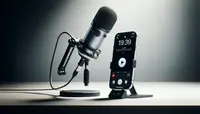
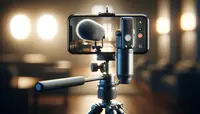
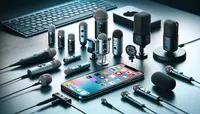
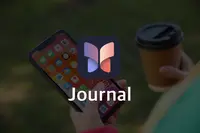

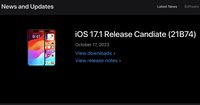
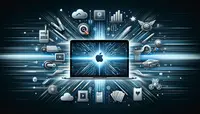


Post your comment